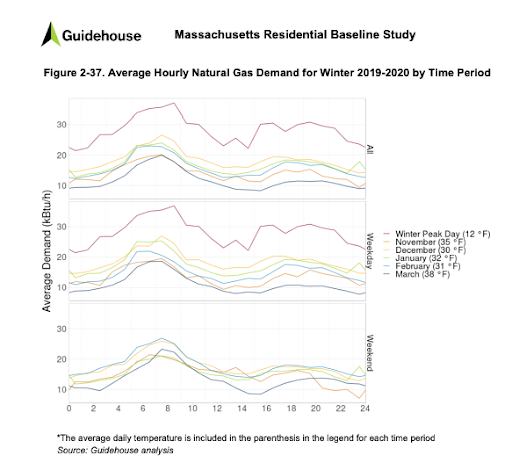It’s Groundhog Day again. No, not the classic movie starring Bill Murray in the early ‘90s, although the sentiment of that movie may currently resonate with many of us.
We’re talking about Punxsutawney Phil, the famous groundhog that has been predicting spring’s arrival since 1887. Every year, on February 2nd, crowds gather in western Pennsylvania to see if Phil sees his shadow and scurries back into his burrow to stay warm for six more weeks of winter. If he does not see his shadow, that is said to predict a milder end to winter. This year, the groundhog saw his shadow.
Folklore aside, Phil might be hiding because this year a huge snowstorm was sweeping across the mid-Atlantic and Northeast U.S. On top of that, consumers are staying at home more often and using more energy. Some headlines capture the story about increasing daily electric load profiles. But what about natural gas usage?

Perhaps this story doesn’t make headlines because consumers and utilities haven’t been able to affordably monitor and measure natural gas usage in real time and at sub-minute intervals — until now, that is — thanks to Copper Labs’ wireless real-time energy management for electric, natural gas and water resources.
In the same way that consumers can instantly check the status of their bank accounts, shouldn’t utilities have the ability to see real-time energy usage data, including natural gas? With that information, utilities would then be able to engage consumers with actionable insights that manage peak demand and accelerate energy efficiency — with or without smart meters. As the old adage goes, “you can’t manage what you don’t measure.” Now, with Copper Labs, consumer and utilities can measure their natural gas demand in real time.
Utilities increasingly have an interest in measuring natural gas demand, not just once per month but in real time throughout the day. Drivers include weather extremes that push up the peak demand, challenges permitting new natural gas pipelines for capacity, bans on new hookups and the strategic need to be more flexible as energy markets change.
High-efficiency furnaces, water heaters and low-flow showerheads help for overall conservation, but pipelines are built for peak capacity, and the average residential demand can frequently double between the high and the low. We’ve heard of the electric duck curve, but the industry has only just started to explore demand-side natural gas load profiles like in Guidehouse’s Residential Baseline Study for MA-EEC. To that end, the time when we use natural gas is just as important as the volume/amount of natural gas being used.
In order to support this increasing need, Copper stands alone in being able to uniquely deliver real-time natural gas usage from smart and drive-by utility meters. With this granular usage data and machine learning, the Copper mobile app provides personalized insights and tips to help consumers manage usage, while the app’s Utility Portal enables targeted demand response notifications and event measurement using randomized control trials. While Punxsutawney Phil may have predicted six more weeks of winter, we at Copper are here to help you remain comfortable while managing energy consumption.
